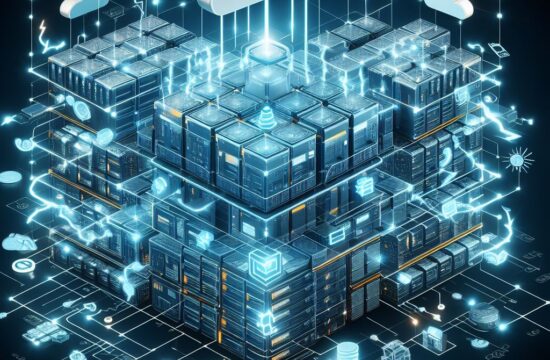Cloud computing stands as a transformative force reshaping how businesses and individuals manage, process, and store data. In recent years, its significance has soared, redefining the way we work, collaborate, and innovate. This article aims to explore the essence of cloud computing, its diverse models, and the far-reaching impact it has on modern technology and everyday life.
Understanding Cloud Computing:
Cloud computing refers to the delivery of computing services – including storage, databases, servers, networking, software, analytics, and intelligence – over the internet (“the cloud”). Rather than owning and managing physical infrastructure or servers, users can access computing resources on a pay-as-you-go basis, scaling services according to their needs.
Key Concepts and Models:
- Infrastructure as a Service (IaaS): IaaS offers virtualized computing resources over the internet. Users rent servers, storage, and networking components, enabling them to build their own IT platforms.
- Platform as a Service (PaaS): PaaS provides a platform allowing users to develop, run, and manage applications without dealing with the underlying infrastructure. It includes development tools, databases, and middleware.
- Software as a Service (SaaS): SaaS delivers software applications over the internet, eliminating the need for users to install and run applications on their computers.
Benefits of Cloud Computing:
- Scalability and Flexibility: Cloud services offer scalability, allowing users to increase or decrease resources based on demand. It provides flexibility and agility in adapting to changing business requirements.
- Cost-Efficiency: The pay-as-you-go model in cloud computing reduces upfront capital expenditure. Users pay for the resources they use, making it cost-effective for businesses of all sizes.
- Accessibility and Collaboration: The cloud enables remote access to data and applications from anywhere, fostering collaboration and productivity, particularly for remote teams and global workforces.
- Reliability and Security: Cloud providers often offer robust security measures, data redundancy, and uptime guarantees, ensuring a reliable and secure environment for data storage and processing.
Challenges and Considerations:
- Security and Privacy Concerns: Data security and privacy remain primary concerns. Users must ensure proper encryption, compliance, and access controls to safeguard sensitive information.
- Vendor Lock-In: Dependence on a specific cloud provider may limit flexibility and create challenges in migrating to other services.
- Connectivity and Downtime: Reliance on internet connectivity means that downtime or connectivity issues can hinder access to cloud services.
Future Trends and Innovations:
Cloud computing continues to evolve, with advancements in areas like edge computing, hybrid cloud models, and AI-driven services. The integration of IoT (Internet of Things) and 5G technology further expands its capabilities, revolutionizing industries and empowering new forms of digital transformation.
Cloud computing has become the bedrock of modern technological advancements, revolutionizing the way businesses operate and individuals interact with technology. Its flexibility, scalability, and accessibility enable a myriad of opportunities for innovation and efficiency. However, as cloud technology continues to develop, it’s crucial for users to balance its advantages with security, compliance, and potential challenges. Embracing and harnessing the power of the cloud is not merely a trend but a fundamental shift that will continue to shape the future of technology and how we interact with information and services.



